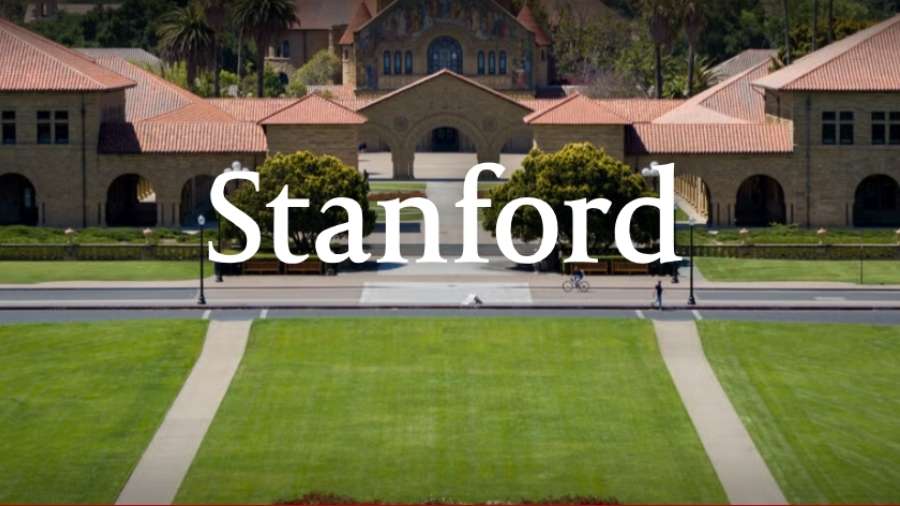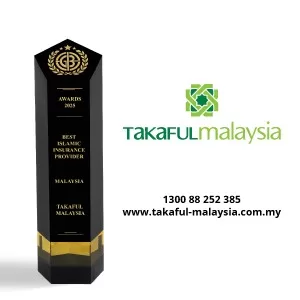Stanford Legacy Admissions: Tradition or Barrier?

- Stanford will continue giving preference to applicants with family ties to the university under its Stanford legacy admissions policy.
- The university has opted out of California’s state-funded financial aid programmes to legally maintain this practice, intensifying the global debate about fairness in higher education policy.
Apply to one of the most selective universities in the world; you might have built a profile over the years: great grades, good essays, some leadership roles, and perhaps a little extra to make you shine in college admissions.
There’s another candidate with a very similar profile. Guess the difference? Their parent went to Stanford.
That little piece of information may well tip the scales in their favour.
This is the realm of Stanford legacy admissions: a policy that has been carried on for decades at one of the finest institutions in the world, where family history can be that subtle yet mighty factor in university admissions.
Stanford: More Than Just a University
Founded in 1885, Stanford University sits in the heart of Silicon Valley, California. It’s not only a centre of academic excellence but also a launchpad for innovation, with alumni who include Nobel Prize winners, tech entrepreneurs, scientists, and leaders in politics and culture.
This means that there is a presence in more than 90 countries, having students of diverse persuasions. This, in turn, gives rise to great prestige for such an institution: its undergraduate acceptance rate currently stands below 4%, rendering it one of the most selective universities in the world.
Because entry is so competitive, any higher education policy affecting university admissions — especially one tied to heritage — attracts intense global scrutiny.
What Legacy Admission Means
Legacy admission gives an advantage to applicants whose immediate family members, such as parents or siblings, attended the same university. At Stanford, grandparents can also count in some cases.
It does not guarantee a place. Applicants still have to meet academic and personal standards. But in the college admissions process, when two candidates are equally strong, being a legacy can be the deciding factor.
In the US, this practice is common among private universities. Elsewhere, the idea exists in different forms — from alumni-linked priority lists to preferential entry for children of donors or long-time supporters.
Why Stanford Says It’s Keeping the Policy
Stanford describes its university admissions process as holistic, considering grades, achievements, essays, recommendations, and personal background. Legacy is just one factor among many.
The university says it retains Stanford legacy admissions to:
- Keep alumni connected over generations.
- Strengthen the sense of community across time.
- Support fundraising activities for scholarships, research, and facilities funding, all of which assist education access and academic pursuit.
- Maintain traditions that shape Stanford’s identity.
Stanford emphasises that legacy status does not override merit — in fact, it positions the system as a form of merit-based admissions with additional context.
The Legal Workaround
A recent development has shifted the conversation. Under a California law restricting preferential university admissions at institutions receiving state funds, Stanford could not have continued legacy preference without altering its funding structure.
To keep the policy, Stanford has opted out of California’s state-funded financial aid programmes. This means some students who qualify for those programmes can no longer use them at Stanford, but the university can legally retain Stanford legacy admissions.
The Numbers Behind the Decision
Stanford’s Common Data Set for 2022–2023 shows that about 14% of undergraduates are children of alumni.
A 2017 Harvard study found that at top elite universities, legacy applicants were admitted at rates around 33%, compared to 6% for non-legacies. While Stanford has not released its rates, the trend across selective universities shows that legacy status can provide a measurable boost in the college admissions process.
Why the Policy Matters Worldwide
Stanford is a global leader in higher education. Students from Asia, Africa, Europe, and Latin America compete for limited places each year.
Very few legacy applicants are international students — they must have a direct family link. Yet, it also affects the actual number of seats available and informs perceptions of higher education policy and fairness in worldwide university rankings.
This debate touches on the universal question: Are heritage-based evaluations to be permitted at elite universities with academics, or are applicants to be judged purely on performance?
Who Benefits, Who Misses Out
Critics argue that Stanford’s legacy admissions benefit wealthier families and limit education access for first-generation and low-income students.
At Stanford, 19% of undergraduates in 2022–2023 received Pell Grants — a US measure of financial need. By comparison, some private universities that have ended legacy preference, like Johns Hopkins, have seen this percentage rise, boosting student diversity.
Supporters counter that the policy helps secure alumni donations, which fund scholarships, research, and facilities, creating broader academic opportunities.
Legacy Admissions Beyond the US
While the US uses the term “legacy admissions” most often, similar practices exist elsewhere:
- In parts of Asia, alumni-linked entry preferences influence university admissions.
- In Africa, some private universities and high schools have formal feeder relationships.
- In Europe, certain specialist institutions in the arts or sports maintain informal family preference traditions.
In each context, the debate is about balancing tradition with merit-based admissions.
Where the Trend Is Going
Universities like Amherst College, Wesleyan University, and Johns Hopkins have ended legacy admissions. Johns Hopkins saw its Pell Grant-eligible student share rise from 9% to 19% after the change, alongside greater student diversity.
The debate intensified after the 2023 US Supreme Court ruling restricting race-conscious higher education policy. Critics say keeping legacy preference undercuts fairness, while defenders see it as part of the institutional fabric of elite universities.
Stanford’s decision — including leaving state aid programmes — places it among the most prominent defenders of Stanford legacy admissions in global higher education.
What It Means for Applicants
For any student targeting selective universities — whether in the US, Europe, Asia, or Africa — admissions go beyond grades and scores.
Factors that can influence university admissions include:
- Legacy status.
- Athletic recruitment.
- Geographic diversity goals.
- Specialised skills.
- Donor connections.
Understanding these realities can help applicants aim for institutions where they match the criteria and plan strategies for navigating the college admissions process effectively.
Looking Ahead
Stanford’s move to protect its legacy admissions policy, even at the cost of losing state financial aid, shows how firmly the practice is embedded in its higher education policy.
For some, this reinforces the value of tradition and alumni ties. For others, it highlights barriers to education access and questions the fairness of university admissions at elite universities.
What’s certain is that this debate will keep shaping discussions about merit-based admissions, fairness, and opportunity, not just at Stanford, but across the world’s most selective universities.










































